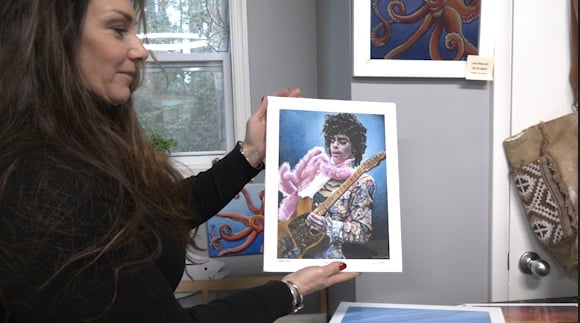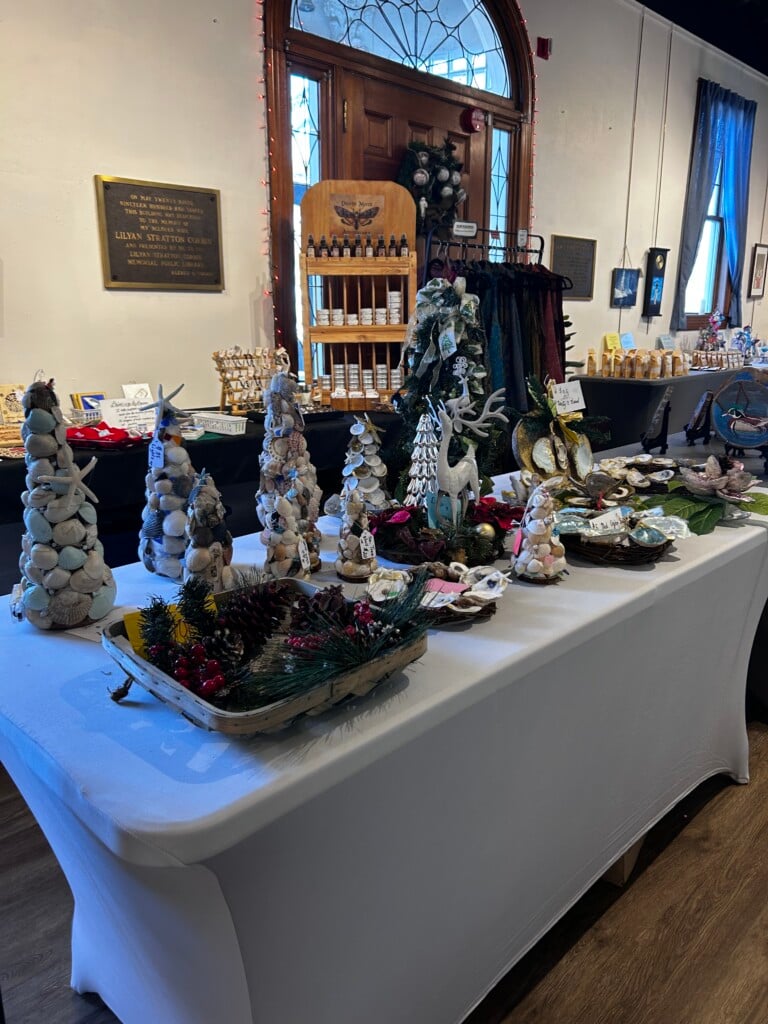Researchers at UMD develop method to turn crab shells into zinc-ion batteries
MARYLAND – Crabs are a staple of our local economy and diet, but soon they could provide a way to store power from renewable sources thanks to a team of researchers at the University of Maryland.
The project took chitin, a naturally occurring polymer in the shells of crabs, and other crustaceans, and manipulated it to be able to act as a source of zinc for a zinc ion battery.
Where typical batteries would have side reactions, and issues with recharging using zinc, the unique properties of chitin allow for the batteries to hold a charge under repeated use.
Researchers say lithium batteries which are what we use now are too expensive to use for big-scale projects like powering cities and grids, and that bottleneck is a reason those tasks are still done by fossil fuels.
Researchers say with this breakthrough, that could soon be coming to an end as crab shells are cheap, readily available and make for safer batteries.
“If we can really use the zinc ion battery for the scale storage, then we can change the way that people get electricity, and currently, we have to use that kind of fossil fuel-based power plants because, you know, for solar panels, we can never use that for all of our energy sources,” said Post Doctoral Researcher Dr. Lin Xu.
Xu tells us they have already been approached by local crab picking companies looking to partner up, matching local industries to this new discovery.
Xu tells us the first prototypes of the technology could be on the market in as little as two years.


